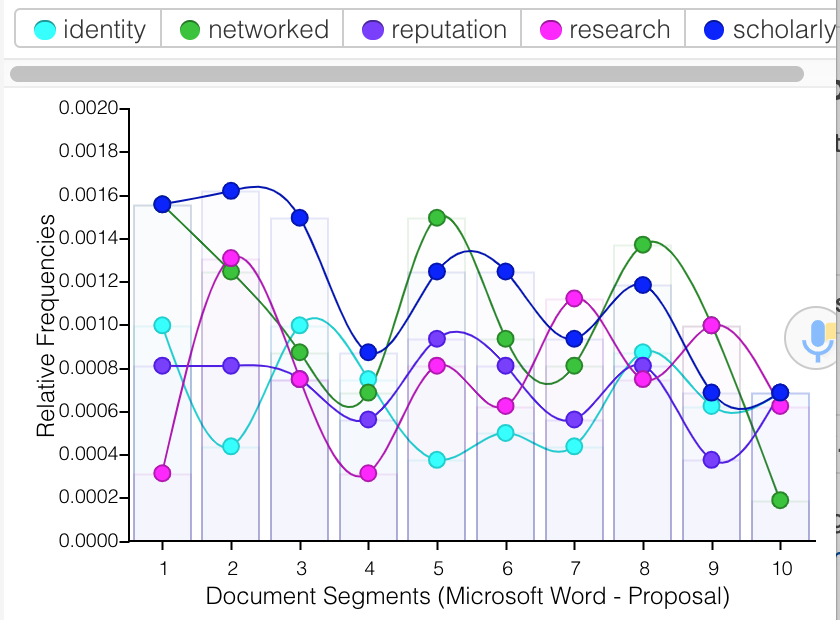Deconstructing
I’ve been thinking about bridges lately. It’s one of those metaphors that exemplify my place straddling educational sectors. Not that I’m considering myself as a ‘bridge between’ or a ‘bridge too far’, but more in terms of how a bridge brings two sides closer together and connects them in a unique way. Building bridges takes time, energy and an inordinate amount of expertise – engineering the parts to build the whole. In order to construct a bridge it is often a good idea to take a closer look at a variety of examples and models, then deconstruct to see how the necessary parts support the whole thing. Taking a bridge apart isn’t possible, but examining the plans and blueprints can show how the bits and pieces are put together.
With this in mind, I’m trying this exercise for a research proposal. It’s a small step to preparing for the upcoming course I’ll be taking in the fall. I’ve researched some literature about research proposals (see references) and found one example of a research proposal from a respected researcher. It’s this proposal by T. S. (pseudonym) that I’ve spent time deconstructing, paragraph by paragraph, page by page. I’m pulling it apart to see the parts that are used to put it together, the nuts and bolts of the argument. As I’m doing this, I’m also looking at word usage, phrasing, sentence structures and authorial voice. By taking time to do this deconstruction, I’m hoping it will inform my own research proposal process and how I will reconstruct my research question into a logical argument with purpose, background and positionality clearly outlined.
So far, this example of deconstruction has provided an outline that can be followed:
- statement of outline with 9 paragraphs outlining the topic
- problem and purpose section with 4 paragraphs including methods and 2-fold purpose statement
- section outlining significance within 5 paragraphs with ‘bridging the gap’ and ‘key contributions’ phrases used
- theoretical stance section with 3 paragraphs relating to qualitative inquiry, epistemology, frameworks, ontology, and ‘cultural borderlands’ phrasing
- included section on ‘material semiotics’ as part of situated knowledge
- personal framework – 5 paragraphs on positionality within the research, background, experiences, what brings this research into question
- theories outlined in 9 paragraphs juxtaposing two specific theories within the research question
- literature review in 16 paragraphs drawing on key research that connects to the purpose of the proposal, touching on ‘networks’, ‘abundance’, and ‘digital literacies’
- research questions – four statements, numerically ordered
- methodology in 8 paragraphs drawing on literature from key researchers in that particular methodology
- methods outlined in 11 paragraphs that include 8 steps of the process including proposed time frames and data collection points; rigour; ethical issues; with citations within sections to emphasis the information presented
- conclusion in one paragraph on just under one page, that includes only one reference
- the total page count for this document is 45 pages with 120 references listed
As a final deconstruction activity, I thought I’d visualize this using Voyant Tools, since this article is published on the open web. This is what I’ve discovered:


In seeing this deconstruction, I will question and review the density of words and the number of words per sentence I use in the research proposal since this is usually much higher in my current writing experiences, as seen in my recent Research Proposal Paper reflection.
References
Cheng, Y. (2013). Candidacy Examinations and Dissertation Grant Proposals as “Writing Games”: Two Case Studies of Chinese-Speaking Doctoral Students’ Experiences .(Electronic Thesis or Dissertation). Retrieved from https://etd.ohiolink.edu/
Craig-Hare Jana. (2018). Research Proposals. The SAGE Encyclopedia of Educational Research, Measurement, and Evaluation.
Kivunja, C. (2016). How to Write an Effective Research Proposal for Higher Degree Research in Higher Education: Lessons from Practice. International Journal of Higher Education, 5(2), 163–172.
Locke, L. F., & And Others. (1993). Proposals That Work: A Guide for Planning Dissertations and Grant Proposals. Third Edition.
Image attribution: https://pixabay.com/images/id-828674/
